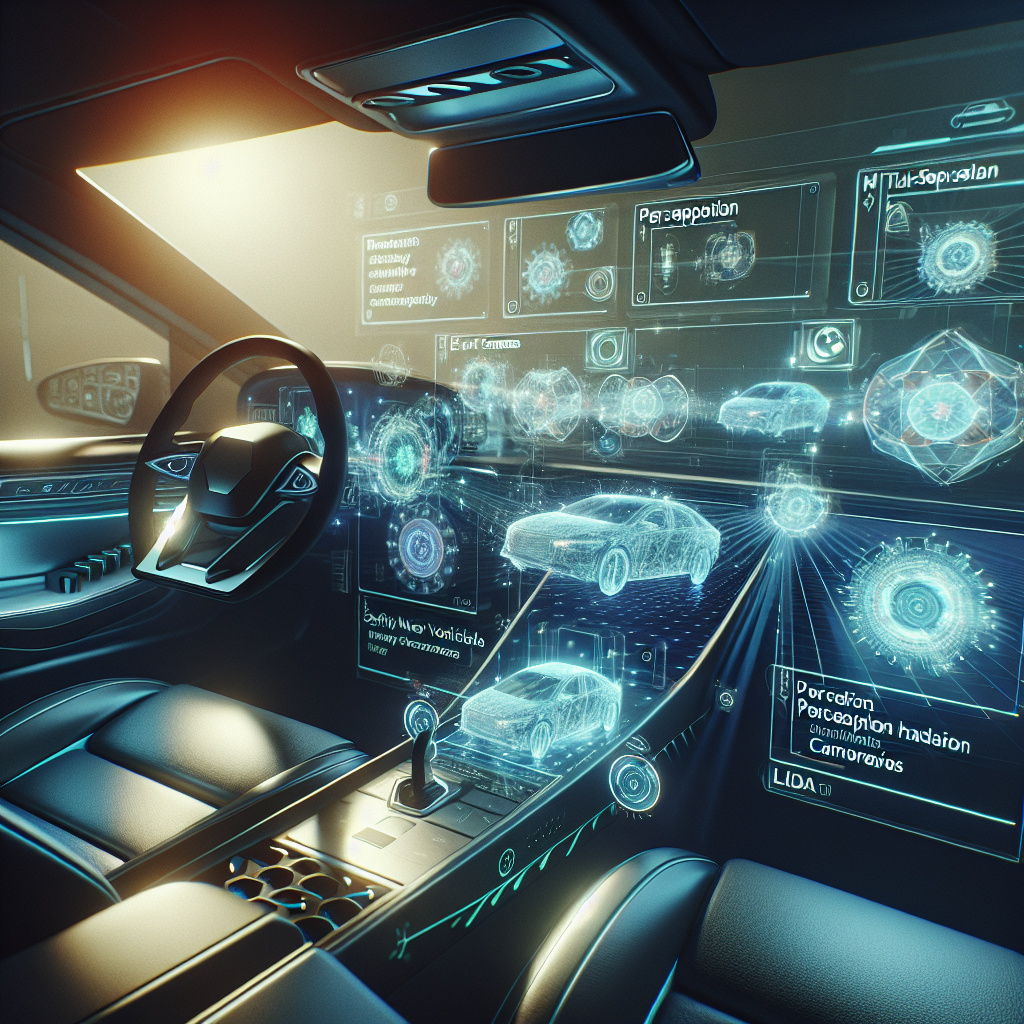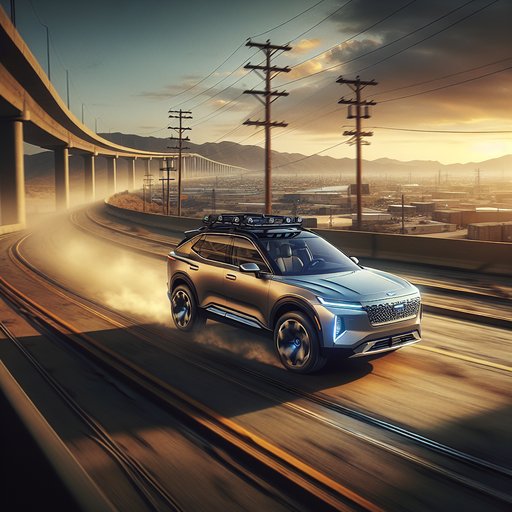
As autonomous driving technology continues to evolve, Tesla has made a controversial move in its latest Full Self-Driving (FSD) software update by apparently encouraging tired drivers to engage the system rather than pull over to rest. This development highlights the ongoing debate about the role of driver monitoring systems and perception technology in vehicle safety [1].
The timing of this update comes amid growing concerns about driver behavior on American roads. According to recent research from the AAA Foundation, aggressive driving and road rage incidents have reached alarming levels, with nearly all drivers admitting to engaging in some form of aggressive behavior behind the wheel [2].
The automotive industry's response to safety concerns has been evident in new vehicle releases. For instance, the 2026 Audi Q3 showcases advanced driver assistance features and enhanced tech integration, demonstrating the industry's commitment to improving vehicle safety through technology [3].
Ferrari is also joining the technological revolution, with their first electric vehicle now being spotted in testing, though heavily camouflaged. This development suggests that even traditional performance manufacturers are embracing the shift toward more sophisticated electronic systems and sensor technologies [4].
The push for advanced driver assistance systems comes at a crucial time, as environmental concerns continue to shape the automotive landscape. Recent studies have highlighted the connection between vehicle emissions and public health, emphasizing the importance of developing cleaner, smarter transportation solutions [5].
















